CITY GUIDE & SUGGESTIONS
Do you want to know the best things to see in Lisbon? Said to be built on 7 hills, Lisbon is an amphitheatre of many cool things to do that looks down onto the Tagus, the river it has always depended on. In Lisbon there's many things to do and see in it's history oozing out of its romantic avenues, old Moorish quarters, Roman underpinnings and Manueline, Baroque and Gothic monuments, off-set by some of the boldest modern buildings by local and international architects.
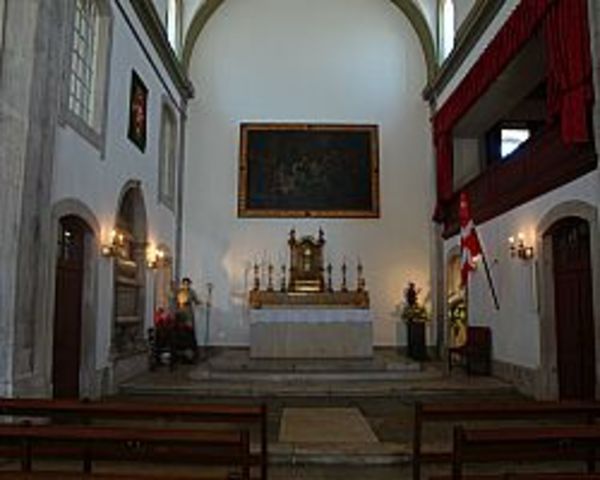
Church of Santa Luzia
The building is of the eighteenth century. They include two panels, representing the conquest of Lisbon from the Moors and the Commerce Square.
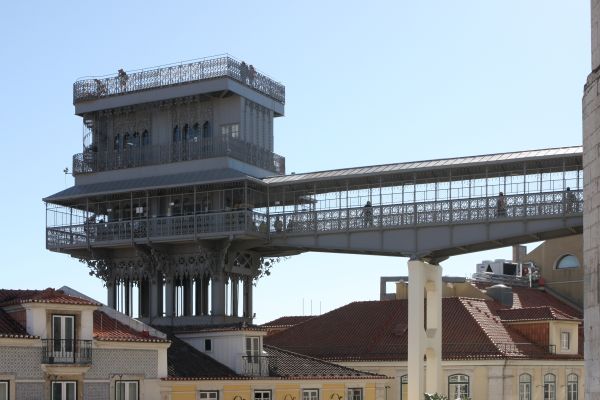
Santa Justa Elevator
It was designed in 1900 by Gustave Eiffel apprentice. At the top, guests enjoy a fantastic view over the city.
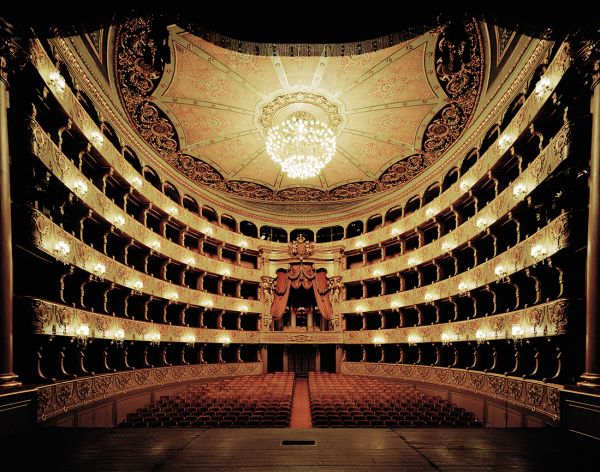
National theater
St. Charles Coliseum of neo-classical style and Italian influences. Noteworthy is the facade and José Raposo paintings in the ceiling of Salão de Nobre.
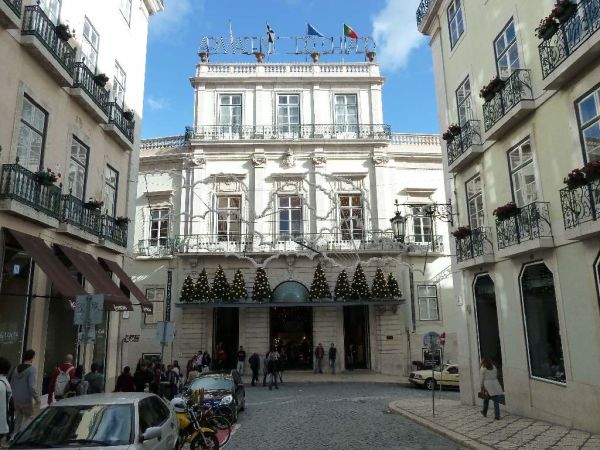
Armazéns do Chiado
A Shopping Centre that recovered the architecture of one of the most famous shops in Lisbon, destroyed in the 1988 fire.

Pena Palace
Maximum exponent of Portuguese Romanticism of the nineteenth century. It's a mixture of several styles, including neo-Moorish and neo-Manueline.
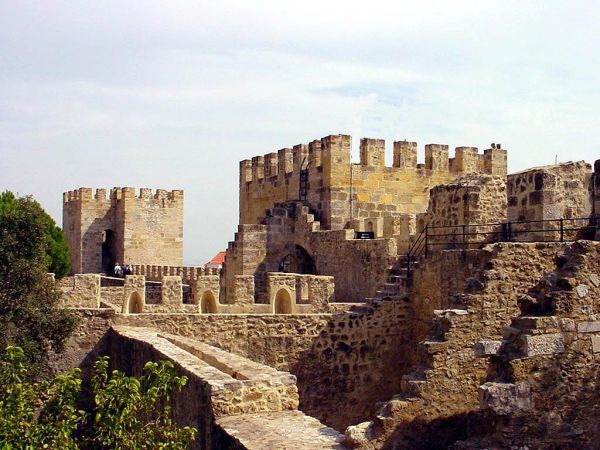
St. George Castle
The castle of St. George dates from 138 BC and its name is related to the martyr St. George.

Jeronimos Monastery
Manueline Monastery of the sixteenth century, built by King Manuel I. Its an example of portuguese art in the Age of Discovery .
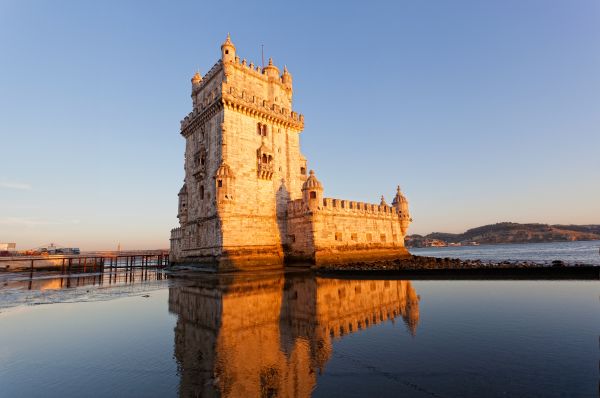
Belém Tower
Fortress that defended the city of Lisbon. Built by King D. Manuel I, between 1515 and 1521.
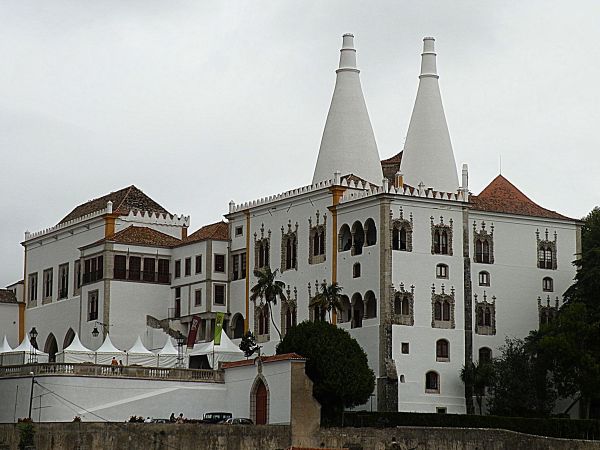
Town Palace
Originating in an Arab fortress, it was rebuilt in the fifteenth century. It has the largest collection of Mudejar tiles of the Iberian Peninsula.
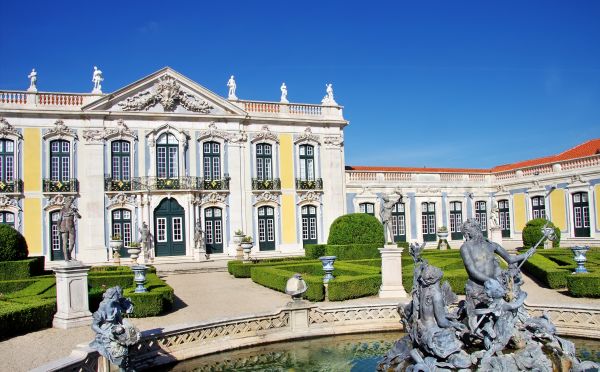
Palace of Queluz
Baroque and Rococo style palace, built by King consort Pedro III. The French-style gardens are emphasized.
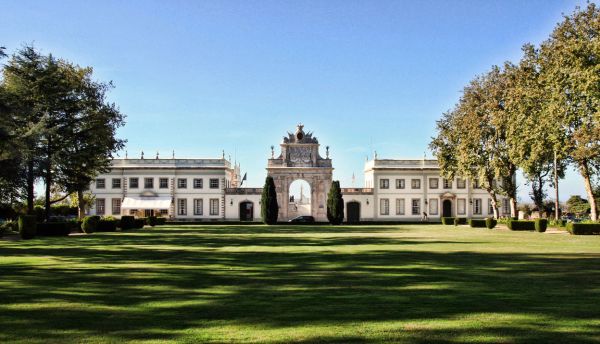
Seteais Palace
Palace in neoclassical style, built in the eighteenth century. Some of the highlights are the Arch of Triumph, the decorations and fresco paintings.
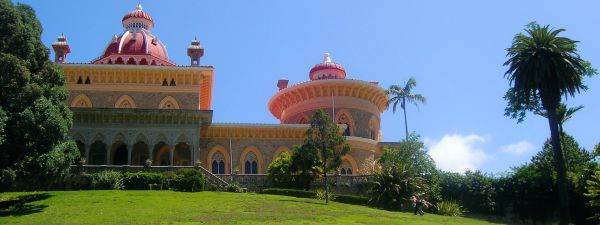
Palace and Park of Monserrate
Built in 1863 as a summer residence of the English millionaire, Sir Francis Cook. In the park, you can find the noteworthy botany collection.
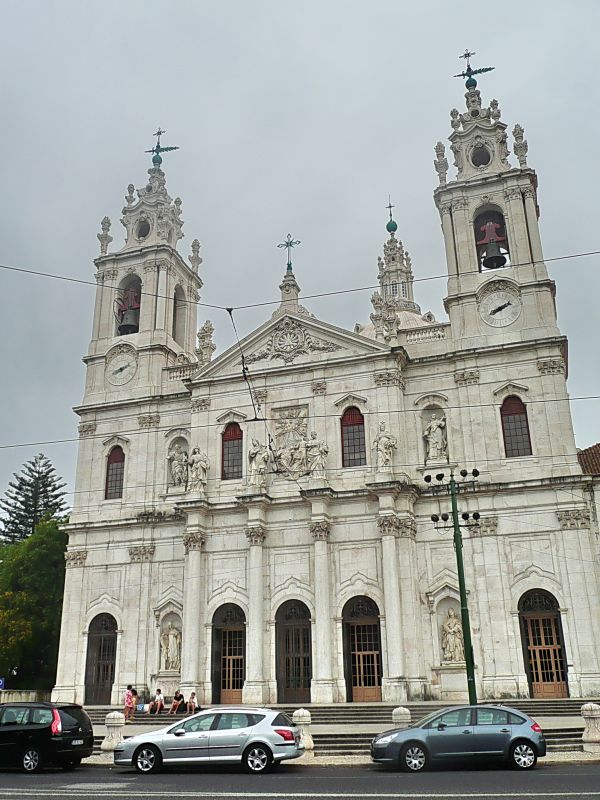
Estrela Basilica
Erected in 1779 by Queen Maria I, as a fulfillment of a promise. The Basilica combines baroque and neoclassical styles.
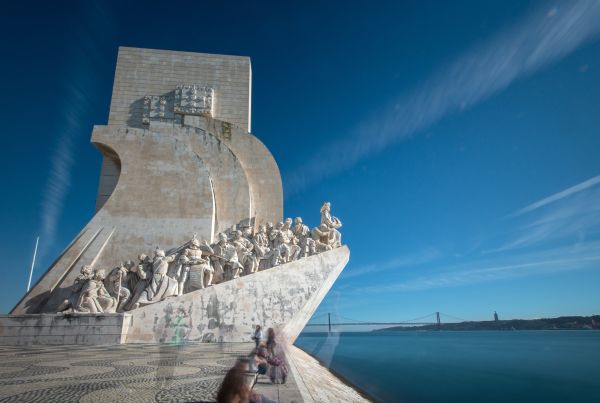
Monument to the Discoveries
Monument erected in honor of the Discoveries. It is shaped like a caravel and boasts 33 statues of important personalities.
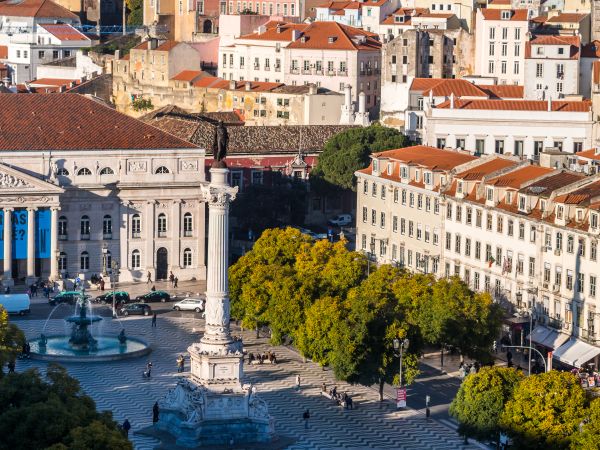
Rossio Square
Also known as Praça D. Pedro IV. Meeting point for anyone visiting Lisbon, it is surrounded by numerous cafés and terraces.
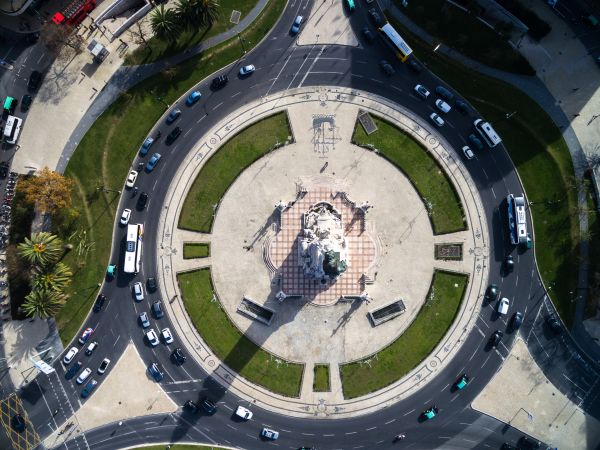
Praça Marquês de Pombal
Square dedicated to the minister who idealized the reconstruction of Lisbon after the earthquake. It also hosts entertainment and political events.
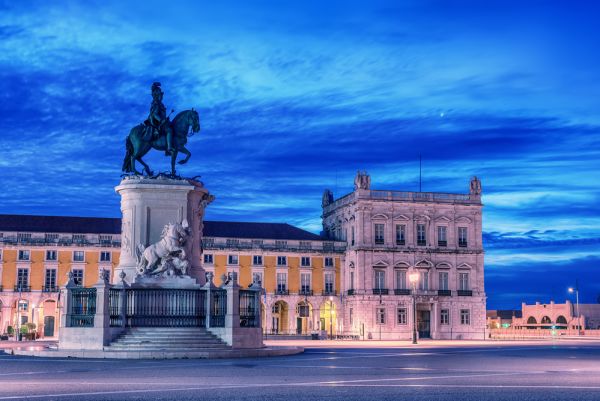
Commerce Square
Offers a privileged view of the Tagus and the south bank. In the center is the statue of King José I.
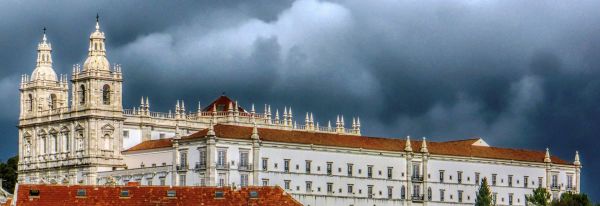
Monastery of São Vicente de Fora
Mannerist style building, the Monastery of São Vicente de Fora was founded in 1147 and then rebuilt between 1582 and 1629.
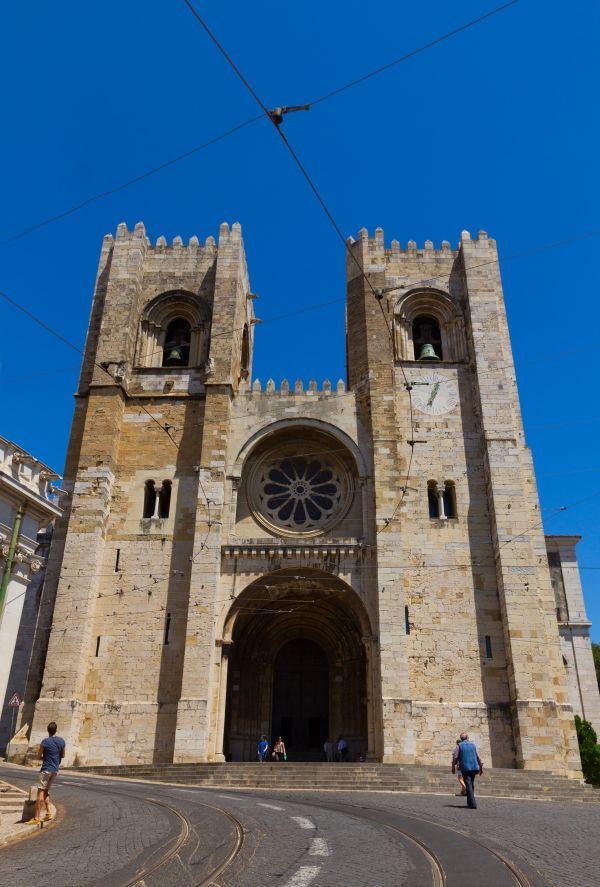
Lisbon Cathedral
Built in 1147, the Lisbon Cathedral is located over the site of an ancient Muslim mosque. The predominant style is the Romanesque-Gothic.
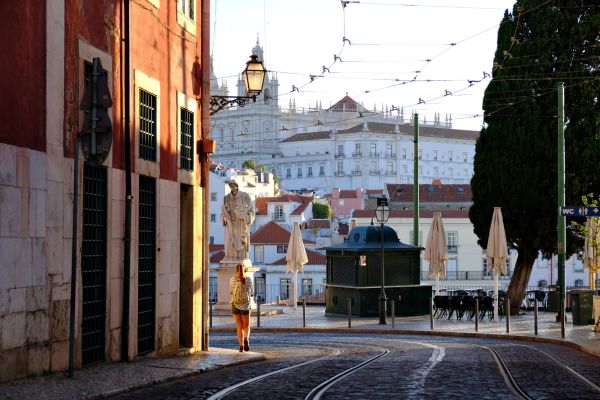
Portas do Sol (Gates of the Sun) Viewpoint
The Belvedere Portas do Sol is a balcony over the Tagus, which overlooks the typical Alfama District.
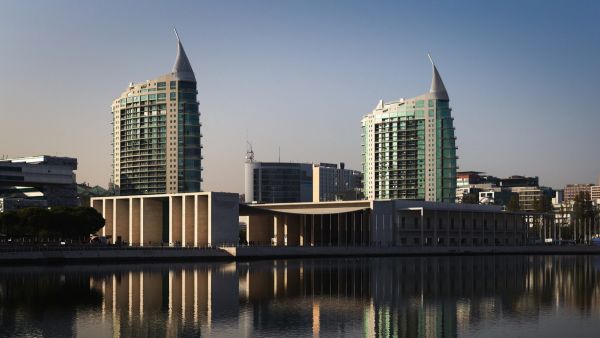
Park of Nations
Where the World Expo of 1998 was held. One of the new residential areas of the city with many green spaces.
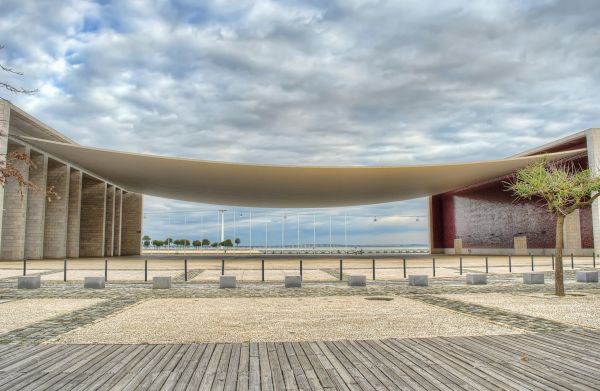
Pavilion of Portugal
It received a presentation on the Discoveries during the Expo 98. Today, the interior spaces can be rented for events and exhibitions.
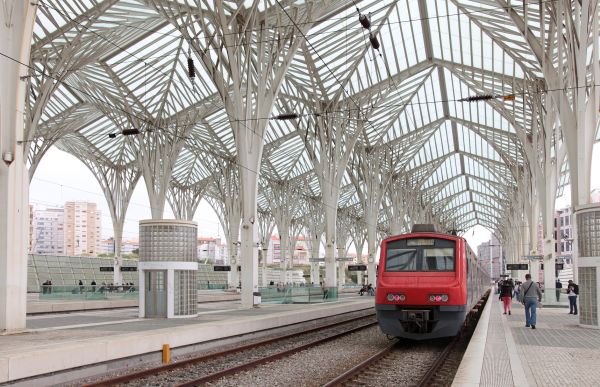
Gare do Oriente
One of the most important train and bus stations of Lisbon, which also has an underground line. It was designed by Santiago Calatrava.

Vasco da Gama Bridge
It is one of the largest bridges in Europe, with 17,2 km in length. Inaugurated in 1998, connects Montijo to Lisbon.
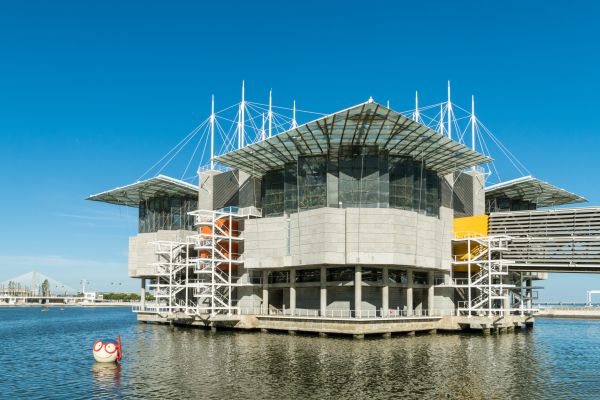
Oceanarium
Designed for the Expo 98, it was one of the main attractions of the exhibition. Houses 15,000 animals and over 450 plant species.
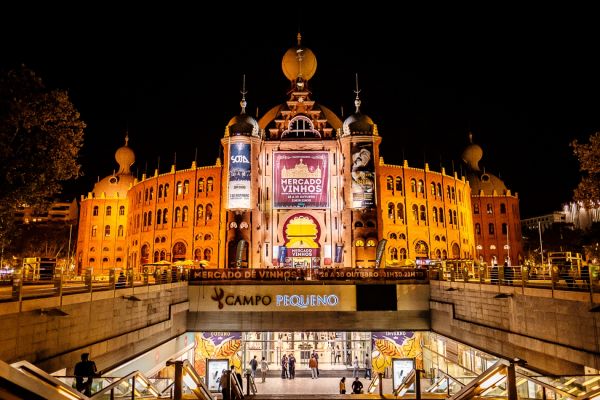
Campo Pequeno
It is a Bull Ring and venue for concerts for up to 10.000 people. It has a shopping arcade in the underground floor.
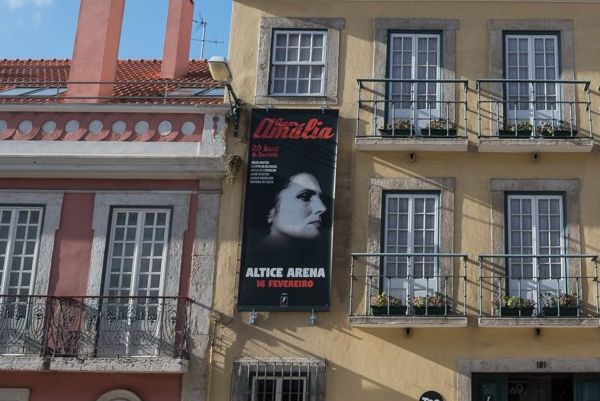
House-Museum Amália Rodrigues
House where the singer Amália Rodrigues lived. It was turned into a museum and has over 30.000 exhibits.
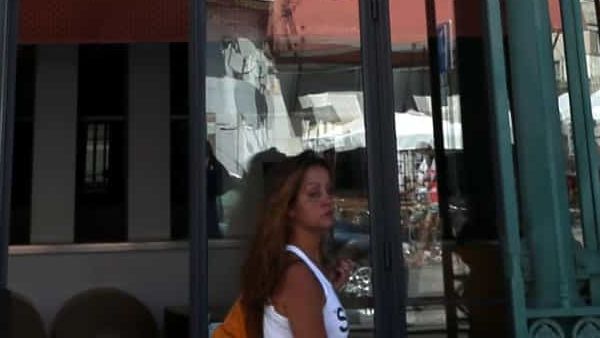
Museu do Fado
The museum is a tribute to the traditional song of Lisbon. The permanent exhibition recreates Fado environments such as alleys and taverns.
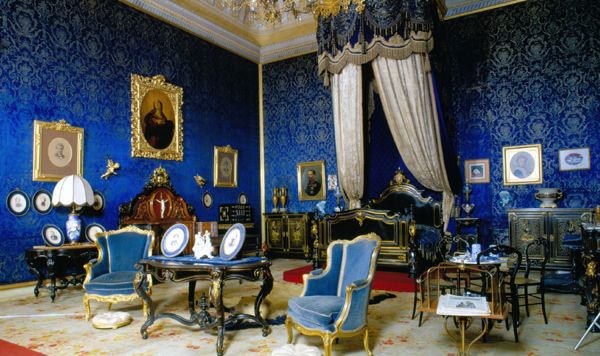
Palácio Nacional da Ajuda
It is a neoclassical building dating back from the first half of the XIX century that served as residence for the royal family. In 1968 opened as a museum.
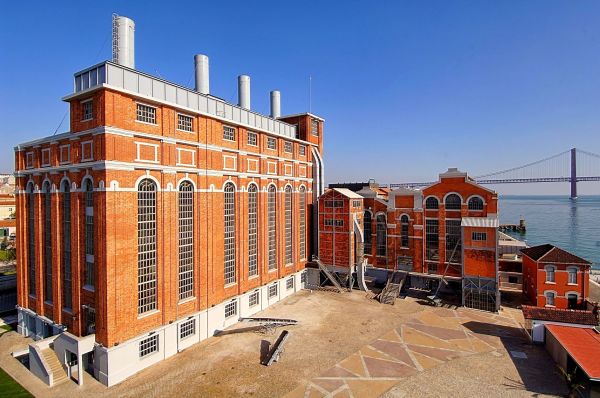
Museum of electricity
Housed in the building of a power station, the museum exhibits pieces as high pressure boilers and electricity production machines.

Navy Museum
Built by order of King Luís, the museum focuses on the history of the Portuguese Navy. It has fourteen rooms.
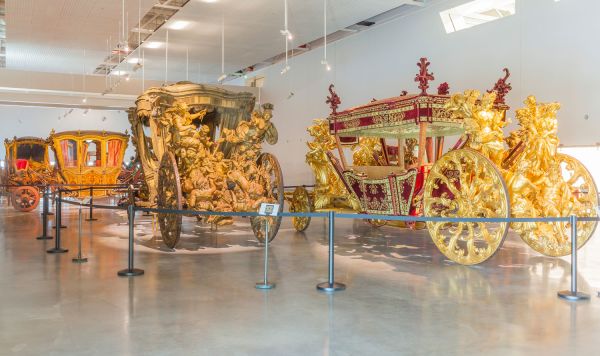
Coaches Museum
The museum has a wide range of ride coaches, as well as gala ones, from the XVII, XVIII and XIX centuries.

Centro Cultural de Belém
It is a Cultural Center that hosts jazz music and opera performances as well as theater, dance, film and art exhibitions.
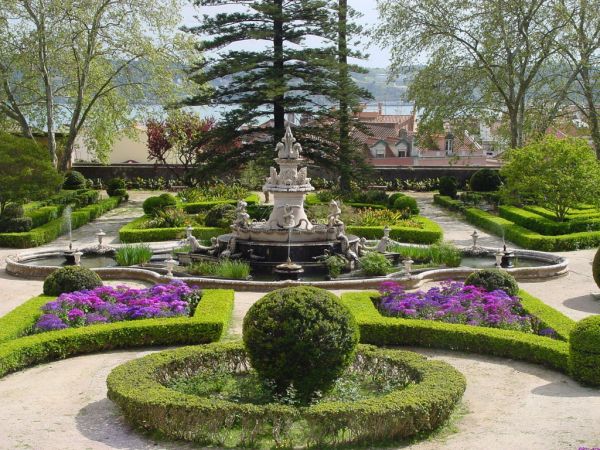
Botanical Garden
It was created by order of King José I as a leisure place for the royal family. It has a large variety of tropical trees.
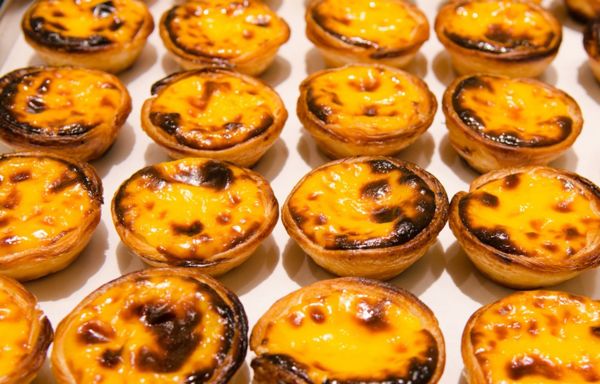
Pastéis de Belém
World famous, are handcrafted according to an ancient secret recipe. May only be purchased in this space of Old National Confectionery.
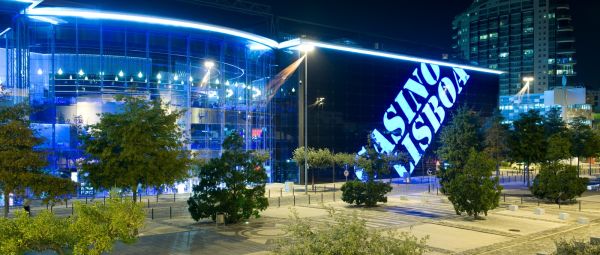
Casino of Lisbon
Casino opened in 2006, contains about 1100 top–of–the–line slot machines. Contains a concert hall, restaurants and bars.

Calouste Gulbenkian Foundation
Located in a park of 7,5 hectares, the Foundation account with a museum, an Orchestra, a Modern Art Centre and emblematic gardens.
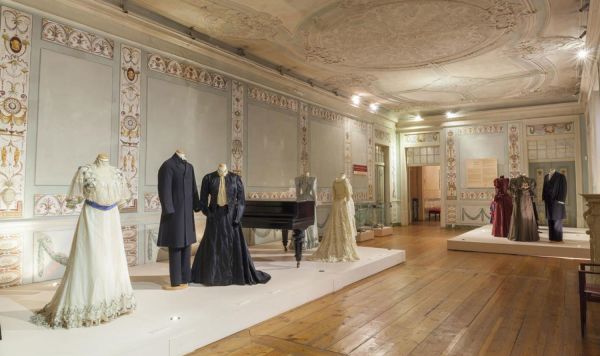
National Museum of the Costume
Museum composed of women, men and children's costumes belonging to various times and with a wide variety of styles.

Zoo
The Zoo is home to over 2000 animals of 350 species. It also offers diverse attractions.
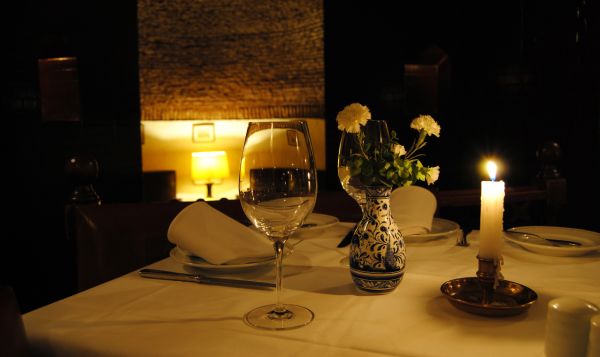
House of Fado Senhor Vinho
This typical restaurant was founded in 1975 and besides gastronomy it offers animation. Great legends of Fado played here.
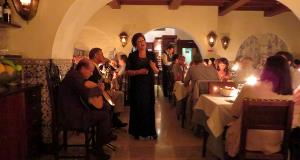
Fado House A Severa
Company founded in 1955, named in tribute to Maria Severa, founder of Fado. There is the typical decoration and tile panels.
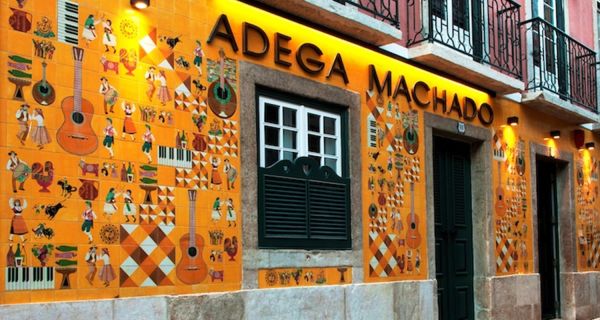
House of Fado Adega Machado
Inaugurated in 1937, the Fado house is traditionally decorated, consisting of oil paintings, Portuguese tableware and old photographs.
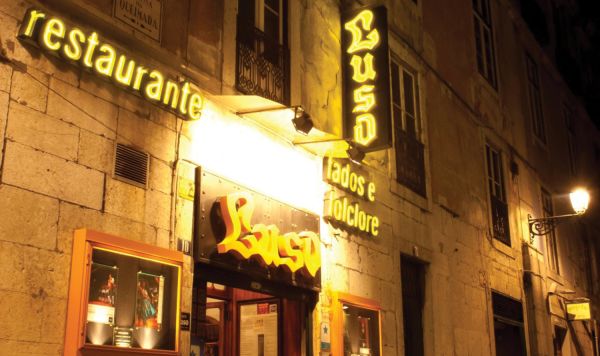
House of Fado Café LUSO
Typical Fado House founded in 1927. Big names like Amália, Alfredo Marceneiro and Tony de Matos have passed through here.
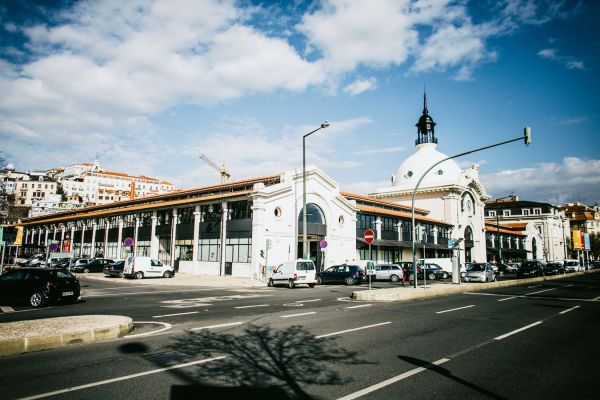
Mercado da Ribeira
Market located in a building from 1882, which was famed for his charismatic florists. It also has shops and restaurants.
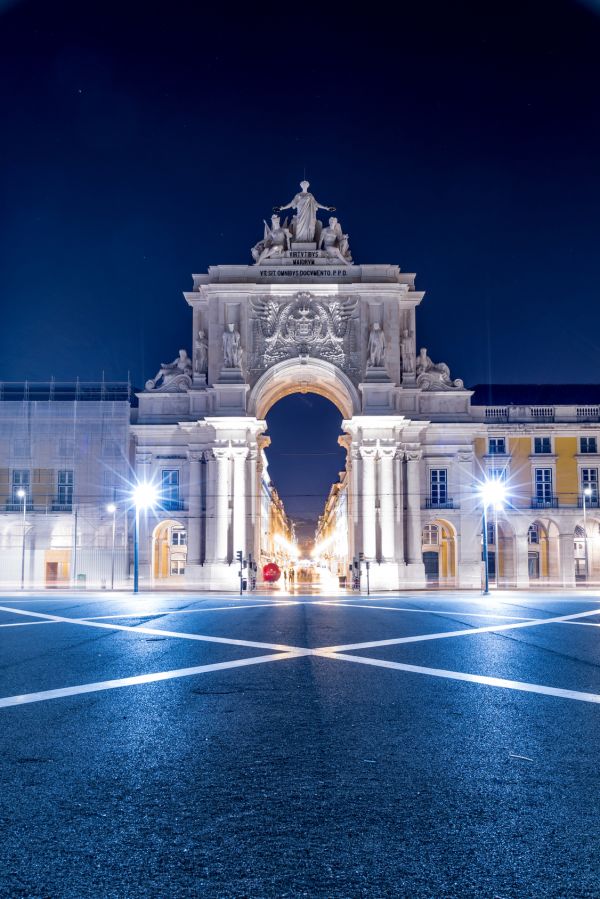
Triumphal Arch of Rua Augusta
Monument in honor of important national figures. Here are also symbolically represented the Douro, Tagus, the Glory, the Genius and the Value.
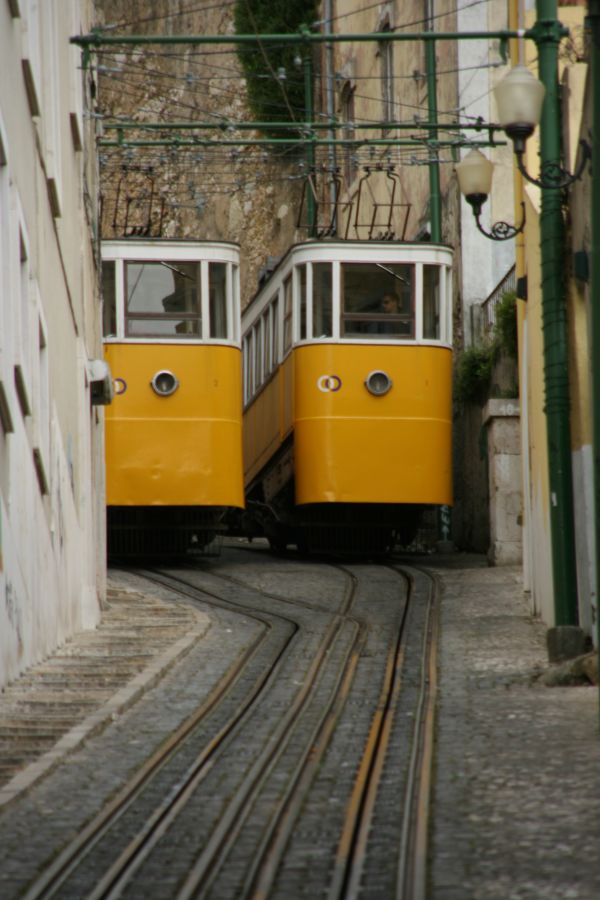
Elevador da Glória
Work of the engineer Mesnier de Ponsard, the Elevator of Glória makes the trip between downtown and Bairro Alto.

Liberty Avenue
Avenue inspired by the design of Campos Elísios. It is one of the most elegant of the capital, combining leisure, culture, business and commerce.
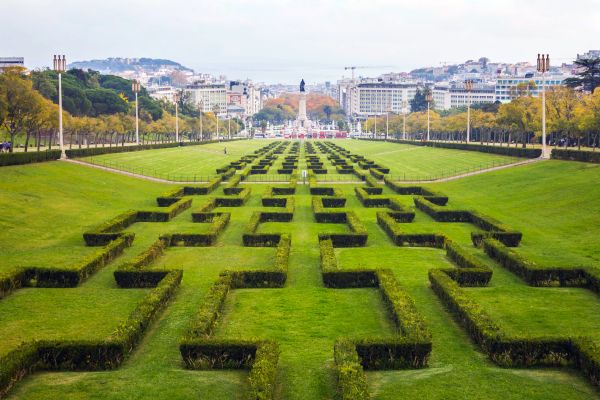
Parque Eduardo VII
It is the largest park in Lisbon. Integrates the Cold Greenhouse, the Carlos Lopes Pavilion, the monument to the New State and a Viewpoint.

Casa dos Bicos
Sixteenth century building of unique architecture, with influences of the Italian Renaissance. It is the headquarter of the José Saramago Foundation and it is open to the public.
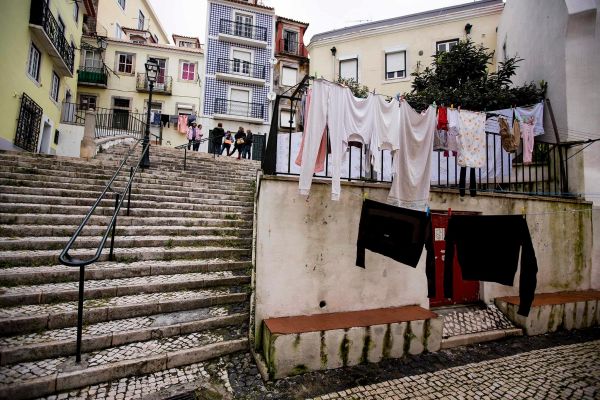
Alfama Neighborhood
A typical neighborhood of narrow streets where you can find grocery stores, restaurants, taverns, coffee shops and the famous Fado Houses.
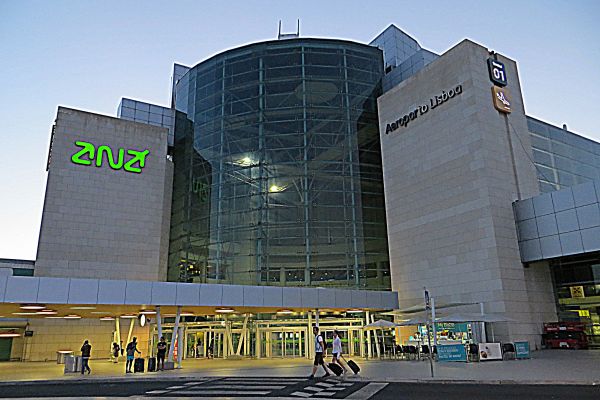
Lisbon Airport
It is the largest Portuguese airport with two civil terminals and a military terminal. It is connected to the public transport network.
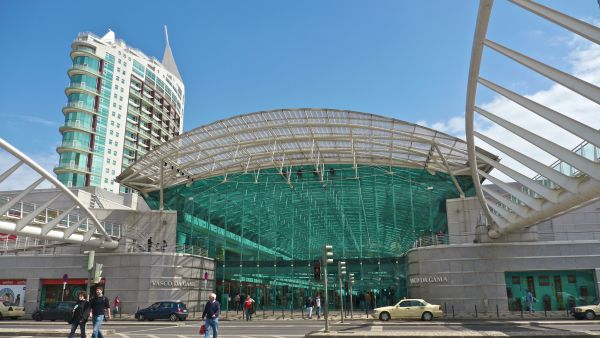
Vasco da Gama Shopping Centre
Mall of unique and modern design. It has more than 170 stores, including restaurants, movie theaters, gym and hypermarket.
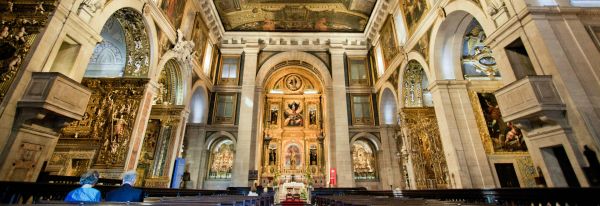
Church of S. Roque
A church of the sixteenth century, in honor of São Roque. Highlights such as the decorations in gilt and the painted ceiling to the mannerist style.
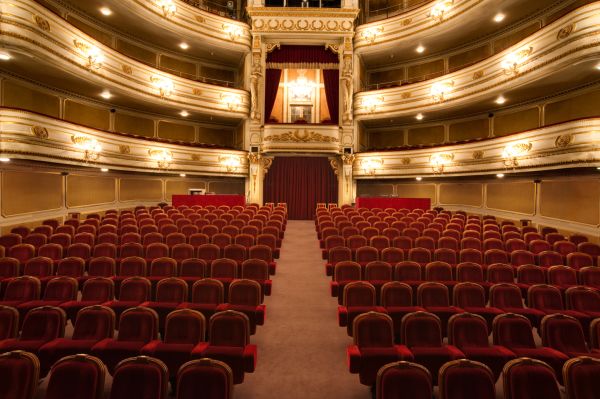
National Theater D. Maria II
One of the most famous and important theaters in the city. Designed by the Italian Fortunato Lodi, is a neoclassical building.
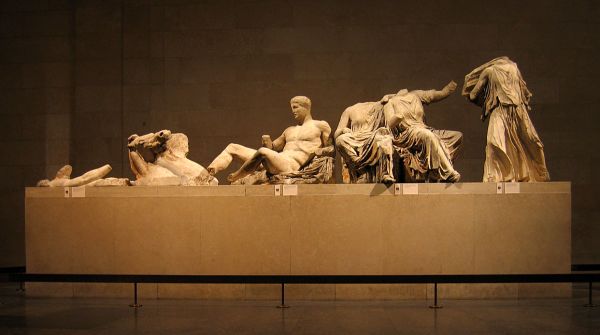
National Archaeological Museum
Museum where is based the main center for archaeological research of Portugal, with pieces from all over the country.Museu onde está sediado o principal centro de investigação arqueológico de Portugal, com peças provenientes de todo o país.
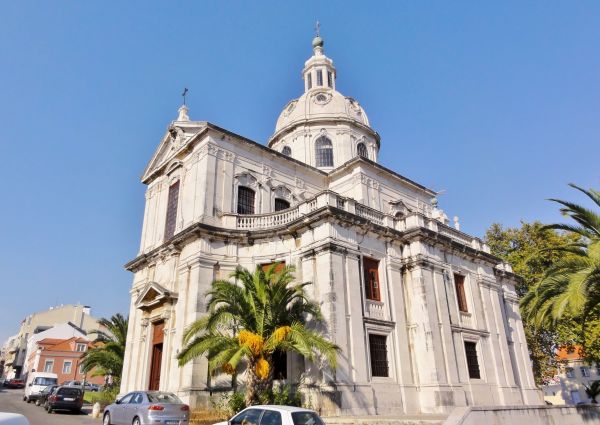
The Memorial Church
Church of neoclassical moth, dedicated to Our Lady. Of Deliverance. It was founded by King José I and features marble decorations.
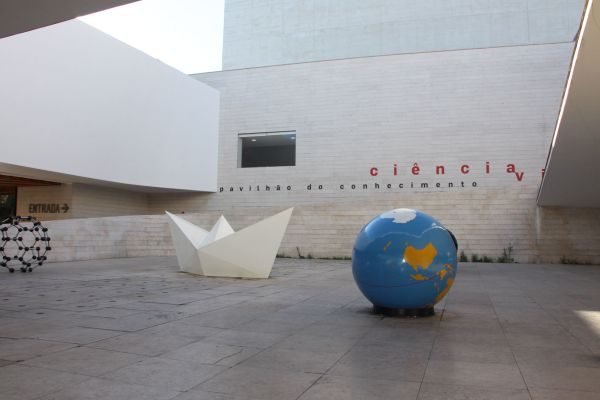
Knowledge Pavilion
Interactive museum that combines science and technology. It houses major thematic and interactive exhibits, temporary exhibitions and workshops.
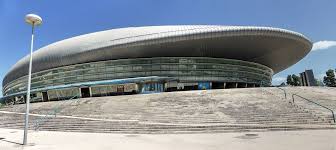
Altice Arena
MEO Arena is the country's largest performance hall, with a capacity of 20 000 standing spectators .
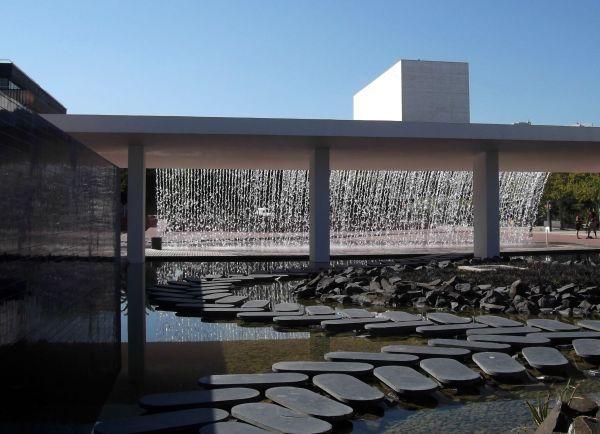
Jardins D' Agua (Water Gardens)
Gardens whose main theme is water. They include a series of educational and sports equipment and rare old trees.
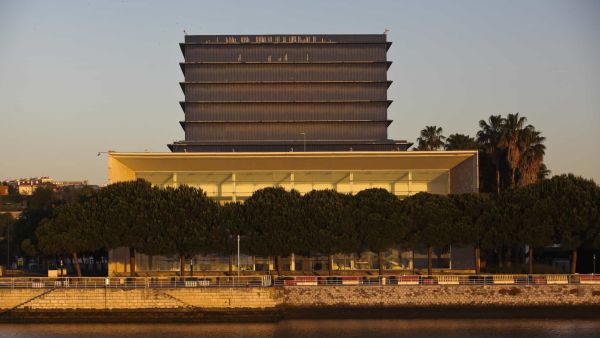
Camões Theater
The theater's program is defined by the National Ballet Company and offers the facilities to hold congresses.
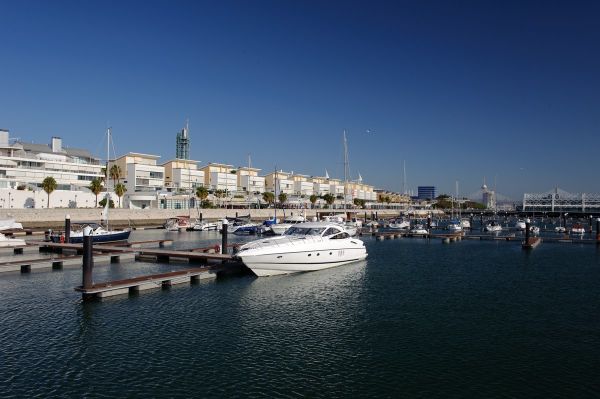
Marina Parque Nações
Urban nature Marina with 400 berths. It is an important nautical tourism hub of Lisbon.
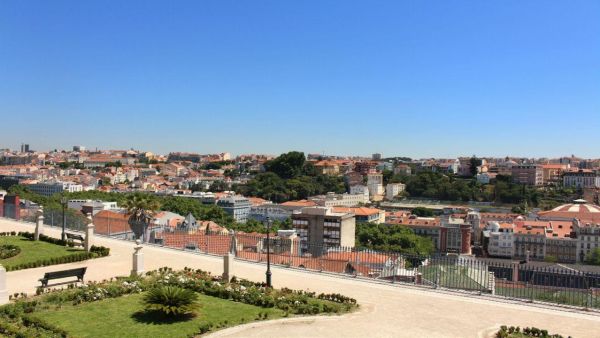
Garden and Viewpoint São Pedro of Alcântara
Garden of the nineteenth century with geometrically designed beds according to the French tradition. It has a viewpoint that offers a fabulous view of the city.
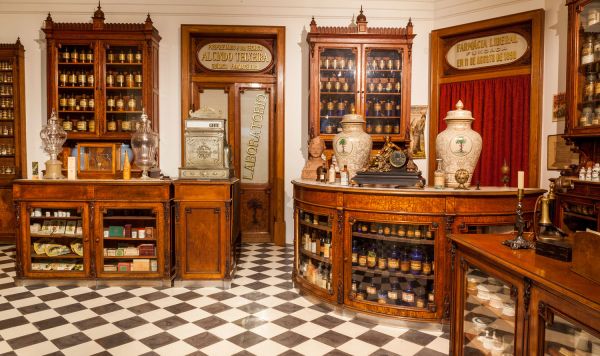
Museum of Pharmacy
Opened in 1996, the museum depicts 5000 years of health history in the world through about 13 thousand pieces.

Principe Real (Royal Prince) Garden
Municipal garden rich in tree species, of which highlights the Cedro-do-Buçaco, with more than 20 meters in diameter.

Bica Elevator
Traditional lift of Lisbon that makes the connection between Rua de São Paulo and Calçada do Combro.
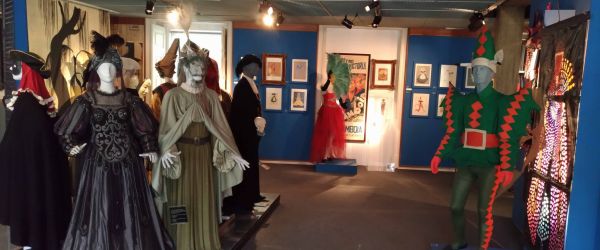
National Coliseum Museum
It opened in 1985 and has a collection of over 250.000 pieces related to the history of the performing arts.
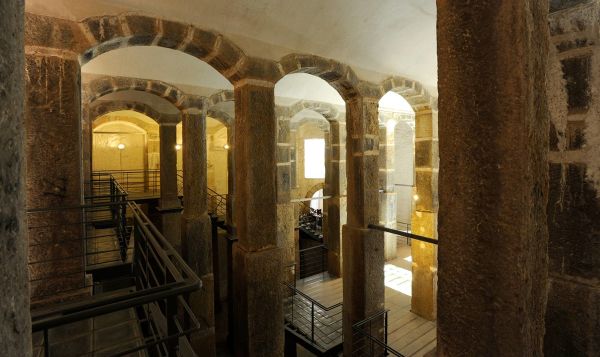
Water Museum
The museum was created in 1880. It is dedicated to the history of the city's water supply and integrates four cores.
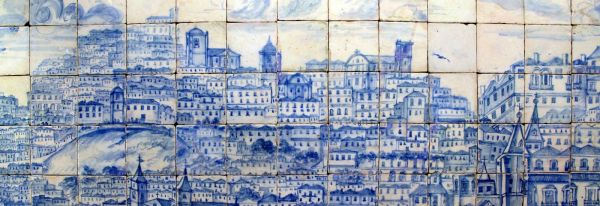
Tile Museum
Museum inserted into the Convent of the Mother of God. Noteworthy are the Baroque tiles in the church and a panel with the representation of Lisbon.
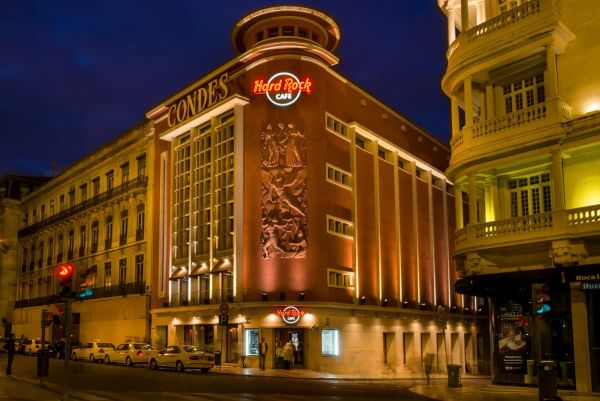
Hard Rock Café
Rock and roll bar. It features an exhibition that includes pants of David Bowie and a Rolling Stones guitar.

Restaurant Travessa do Fado
Restaurant integrated in the Fado Museum, which offers a view over the Alfama district. Specialized in traditional Portuguese snacks.

Livraria Bertrand
The famous Bertrand bookstore is the largest bookstore chain in Portugal. The first opened in Chiado, in 1732.

International Wine Cellar
One of the oldest Lisbon wine shops. It is dedicated to trade of national and international wines. It also organizes wine tasting.
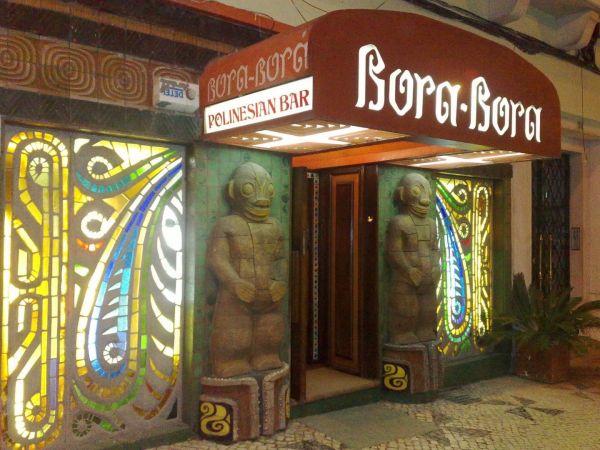
Bora-Bora
The Bora Bora is a bar with an exotic concept and relaxed atmosphere, with decor inspired by Polynesia.
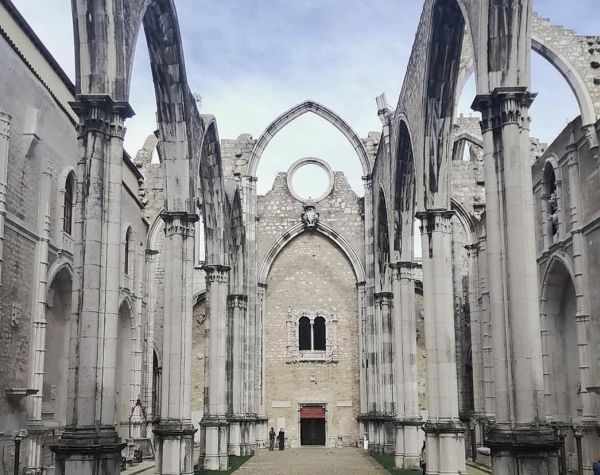
Carmo Convent ruins
Mendicant Gothic convent ruins built by order of King Nuno Álvares Pereira. Now houses the Archaeological Museum of Carmo.
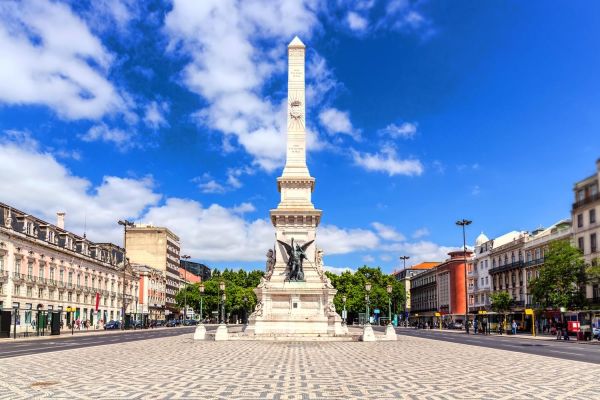
Restauradores Square
It is one of the most emblematic squares of Lisbon. In the center there is a memorial obelisk of the end of the Spanish rule in 1640.
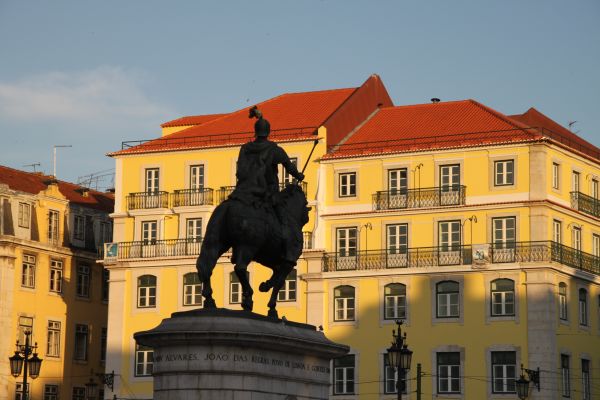
Figueira Square
One of the busiest squares in Lisbon, Figueira Square is surrounded by hotels, traditional shops and distinctive coffees.
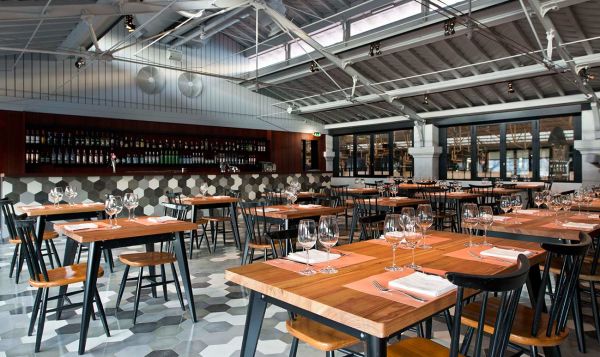
Papa Açorda Restaurant
Restaurant of contemporary Portuguese cuisine, famous for bread soup and the chocolate mousse. The decor blends the classic and modern.
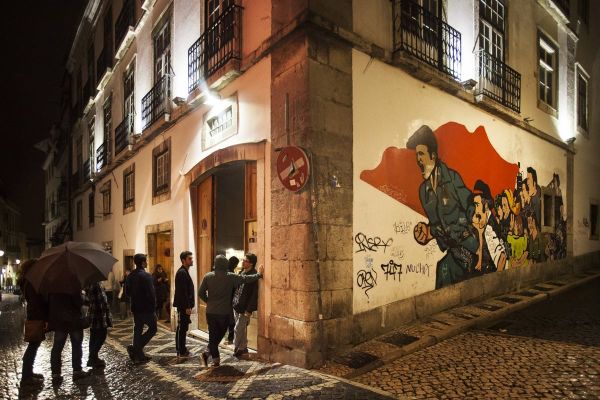
Zé dos Bois Gallery
Non-profit cultural organization, established in 1994. Creates and promotes contemporary art through exhibitions and other initiatives.
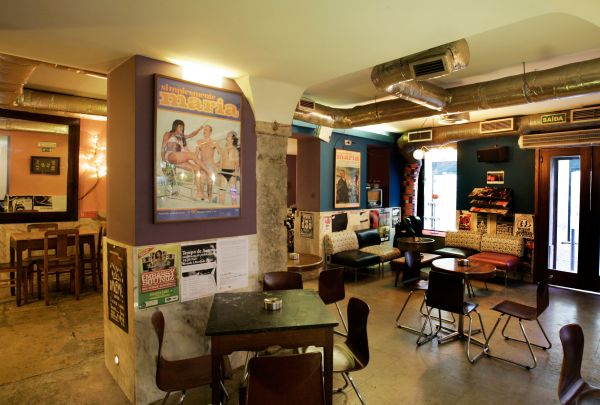
Bar Maria Caxuxa
Bar with a retro feel, decorated with antique furniture. Noteworthy is a wood-fired oven, which was sustained to remember the past of this establishment.
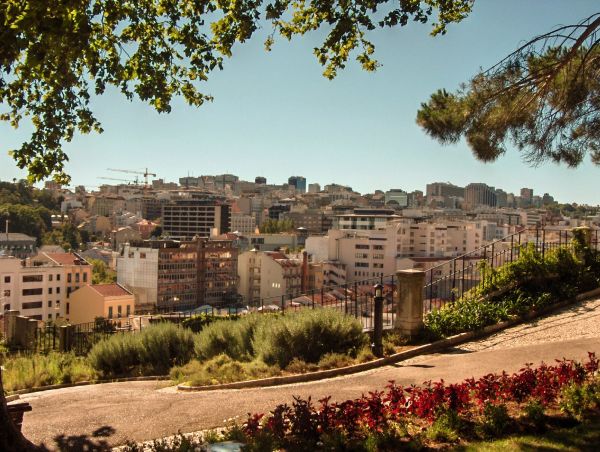
Torel Garden
Romantic garden of the nineteenth century with flower beds and quiet corners. It has a kiosk with a terrace, serving wine and snacks.
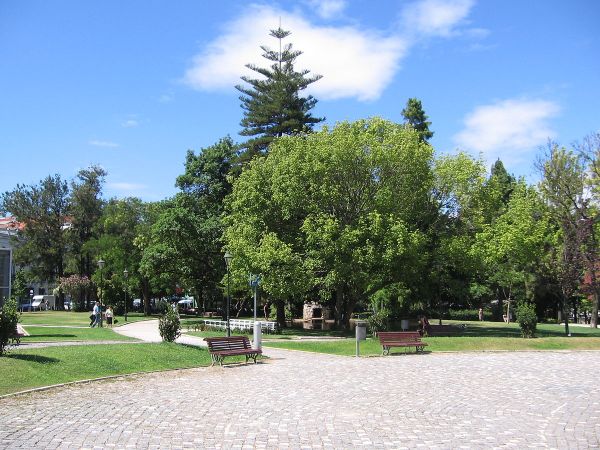
Garden Campo de Santana
Garden located in an area full of history. It has a playground, a lake and has a café-restaurant with terrace.

Lavra Elevator
Opened in 1884, the Lavra Elevator is the oldest lift of Lisbon. It was classified as a National Monument in 2002.
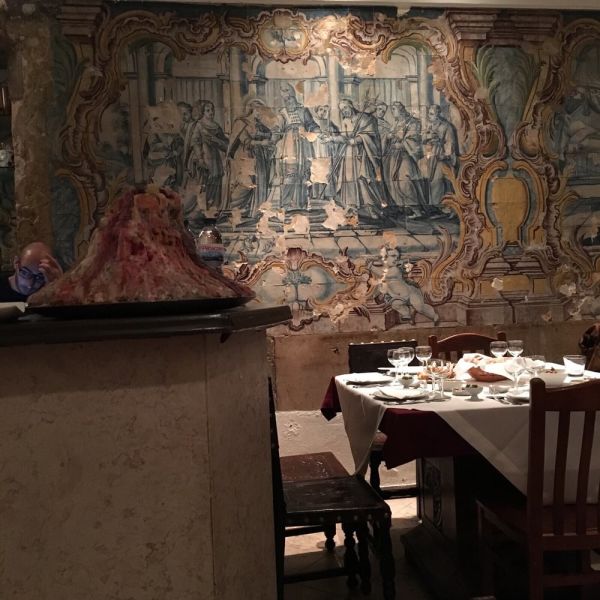
Restaurant Mesa de Frades
Set in an old chapel lined with tiles from the XVIII century, this traditional Portuguese cuisine restaurant offers Fado performances.
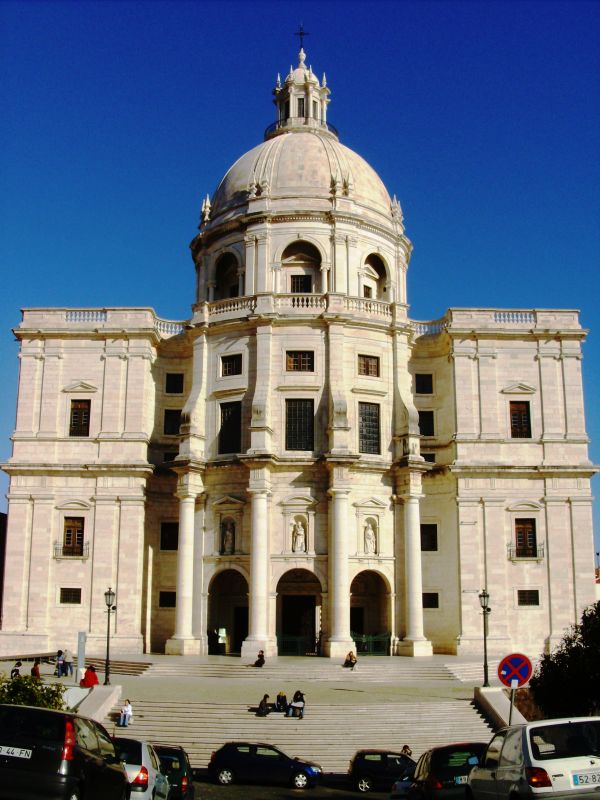
Church of Santa Engrácia
Its construction took 350 years and because of that it was born the term works of Santa Engrácia," which designates those that have no end."

Graça Convent
Church and Convent of the thirteenth century. Highlights include the bell tower, the tiles of the sixteenth to the eighteenth century and the gilt.
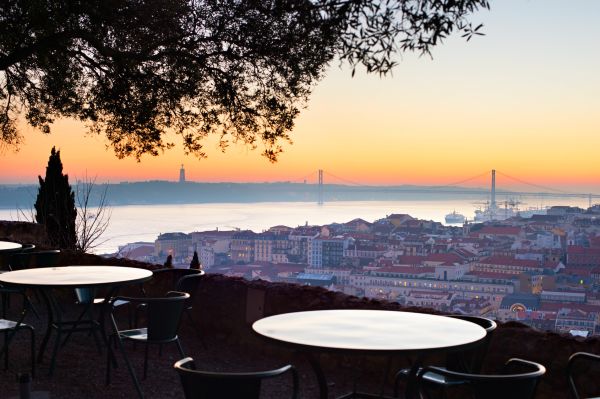
Viewpoint of Graça
Viewpoint surrounded by pine trees. A popular place in town, it offers a panoramic view of Lisbon and its typical roofs.
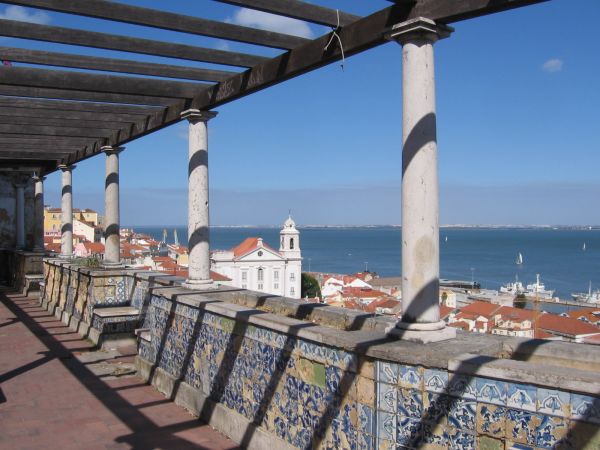
Miradouro de Santa Luzia
A viewpoint overlooking Alfama and the Tagus. It has two floors and the ground floor is occupied by a restaurant with a terrace.
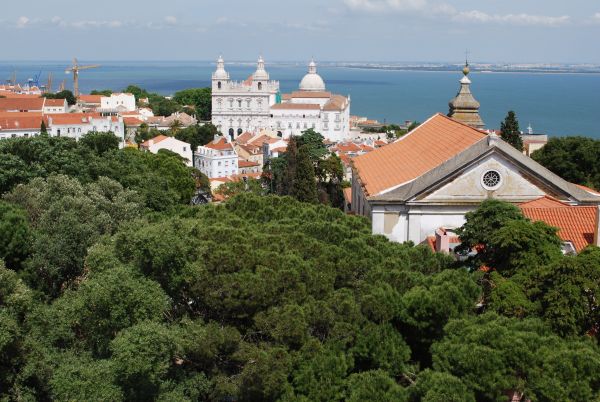
Church of Santa Cruz do Castelo
Dating from 1147, linked to the cult of St. George. It features an organ played by António Xavier Machado and Cerveira.
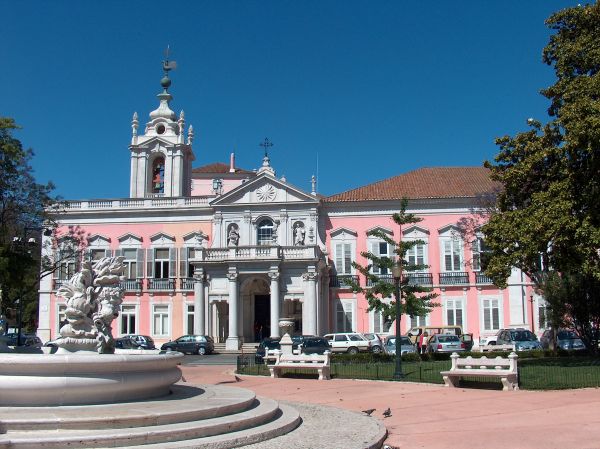
Palácio das Necessidades
Palace built on the site of a convent, following a promise of King João V to Our Lady of the Necessities.

Museum of Decorative Arts
Museum dedicated to the Decorative Arts of the fifteenth century to the eighteenth century. It has several core themes, such as furniture, textiles and tiles.
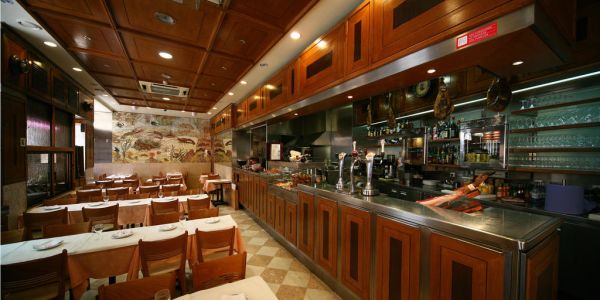
Brewery Ramiro
Exists since 1956 and is one of the most famous seafood restaurants in Lisbon. In addition to seafood, we recommend the small beefsteak on the bread.

Restaurant «Solar dos Presuntos»
Family business for about 40 years, the restaurant is specialized in regional cuisine of Minho and is recognized by the seafood.
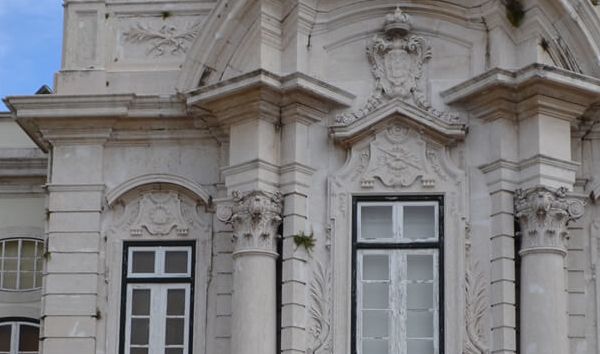
Military Museum
Oldest museum in Lisbon. Contains an extensive exhibition of weapons, uniforms and historical documents, featuring the collection of artillery.
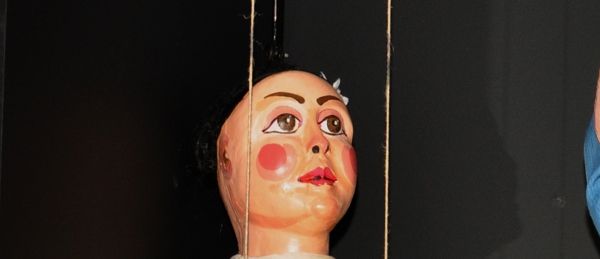
Museu da Marioneta (Puppet Museum)
Founded in 1987, the Museu da Marioneta was the first Portuguese space entirely dedicated to puppets. It features puppets from all over the world.
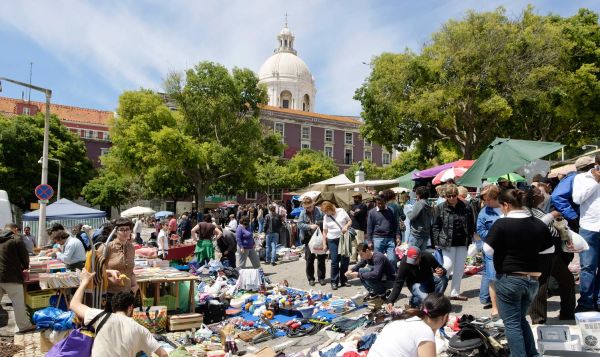
Feira da Ladra (Flea Market)
The older market in Lisbon, originated in the thirteenth century. It is opened on Tuesdays and Saturdays and has all kinds of antiques.
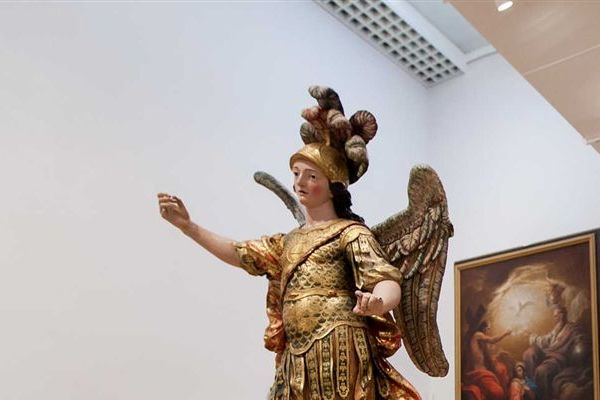
National Museum of Ancient Art
It contains a meaningful collection of Portuguese art throughout the 14th and 19 th centuries with collections of Fine Arts and decorative Arts.

City Museum
Museum documenting the evolution of the city of Lisbon. It is rich in archaeological collections, painting, ceramics, drawing, engraving, lapidary and pottery.
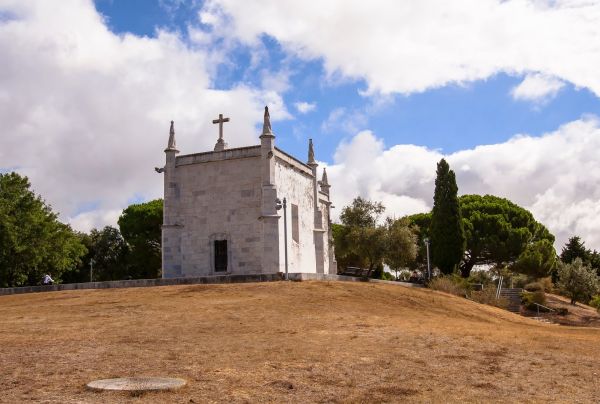
Chapel S. Jerónimo
Constructed in 1514, this manueline architecture chapel evokes the Discoveries. The highlights are a real shield, a crown and two armillary spheres.
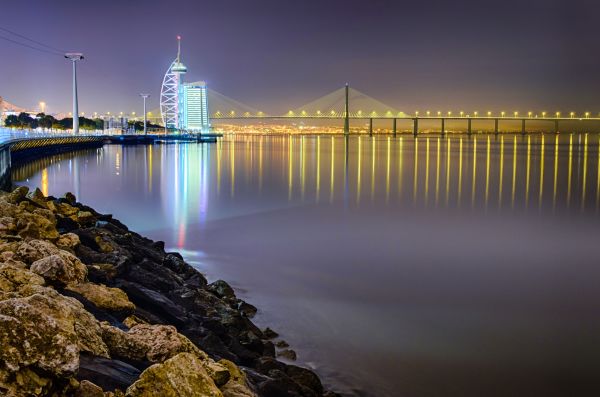
Vasco da Gama Tower
Tower with about 145 meters high built for the Expo 98. Comprises a hotel and a restaurant on top.
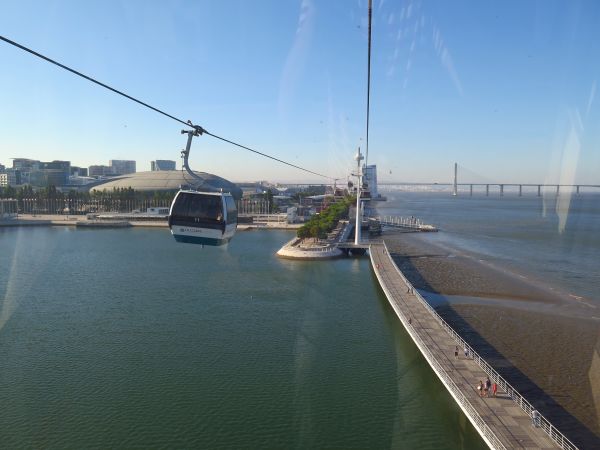
Cable car
The cable car connects the Oceanarium and the Vasco da Gama Tower and provides a fabulous view of the Tagus.










